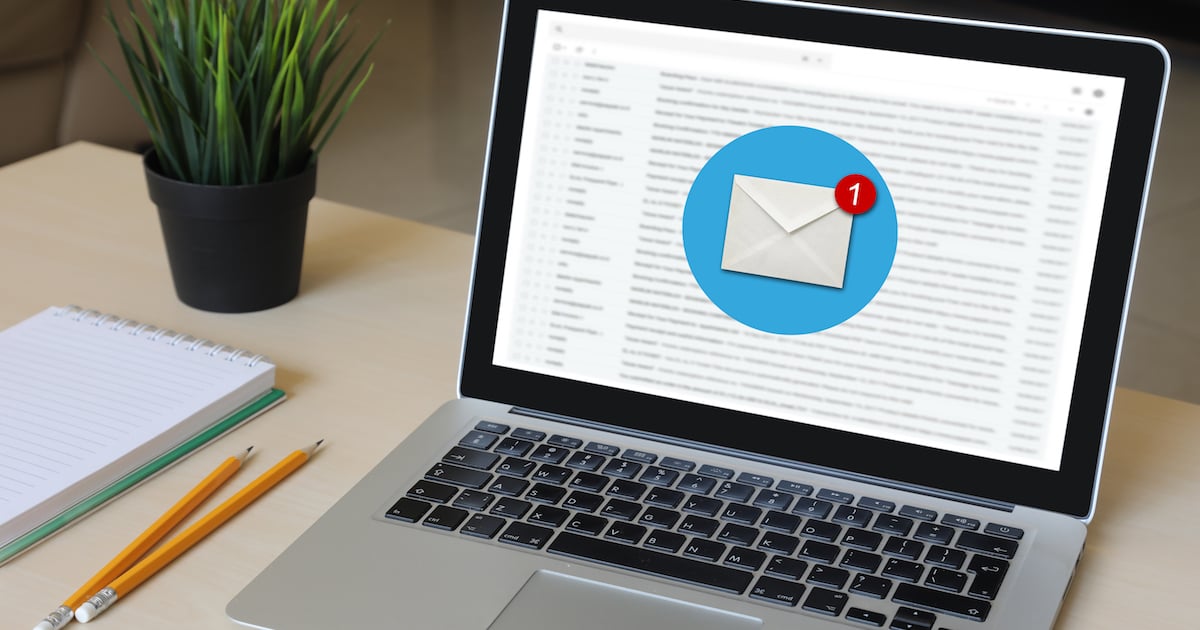
Here are three reasons why email deliverability is important to marketers.
- Successful email marketing equals successful deliverability
- Win the inbox competition
- Value the audience’s experience
-
Successful email marketing equals successful deliverability
Email deliverability is the bedrock of email marketing. A marketer pays an ESP to send emails on their behalf, but how they manage their subscriber list and email program determines whether or not the emails are delivered.
As stated previously in 70 email marketing stats every marketer should know, email marketing has the highest return on investment (ROI) at 4400% and $44 for every $1 spent. Email is still very much relevant in today’s digital marketing landscape and can be a very profitable marketing channel when used strategically.
Marketers spend a lot of time and energy crafting the perfect email, and it pays off. Choosing the right text-to-image ratio, spacing, font, personalizing the content for the target audience, and sending at the right time and frequency are all important factors in a successful email.
All that work is futile if the intended audience never receives the email.
Marketers should manage their email program to maximize inbox placement and open rates. Creating a thoughtful and appealing email is only half the battle.
Marketers must ensure their emails are seen by interested recipients. This requires good deliverability and careful list management.
-
Win the inbox competition
Email is a busy and competitive environment. Mail providers like Gmail compete with each other to accept and filter emails to the inbox.
The Radicati Group estimated in March 2018 that there were 3.8 billion email accounts worldwide, with 124.5 billion business emails and 111.1 billion consumer emails sent and received daily. According to Propellercrm.com, 14.5 billion spam messages are sent daily globally.
The company claims that “1.5 billion people use Gmail monthly, and 5 million paying businesses use Gmail in the workplace.” With so many people and businesses using Gmail, and so much spam being sent, inbox security is vital. Every minute, Gmail’s machine learning algorithms block nearly ten million spam and malicious emails.
A marketer must earn their place in the inbox due to increasing email traffic and inbox providers implementing more rigorous filtering technology to secure their users’. The wise marketer knows they must provide relevant and engaging content to a targeted audience and build long-term relationships with subscribers.
-
Value the audience’s experience
Marketers are competing with other email senders for inbox space. To be effective, email marketing requires recipients to open and read emails. To be successful, a marketer must consider the recipient’s experience.
Consider content
Considerate marketers only send emails to lists that have fully opted in. Notifications sent to non-permissioned lists will result in low open rates, high unsubscribe rates, and high spam complaints.
Poor stats will continue to harm sender reputation and future deliverability. See our permission to send post for more information on collecting opt-in email addresses.
Consider frequency
A marketer must also balance maintaining subscriber interest with avoiding inbox fatigue. Setting up a preference center for subscribers to control email content and frequency removes a lot of the guesswork.
The more data you collect from your audience, the more personalized their experience. Personalization boosts engagement.
Include a link to the preference center with the unsubscribe link in the permission reminder text. This kind of consideration is greatly appreciated by recipients and reduces spam complaints.
Consider preferences
The relationship between marketer and subscriber is two-way, and a healthy mailing list is dynamic. It’s critical to welcome and nurture new subscribers, while rewarding and engaging existing ones. Subscribers may unsubscribe as their needs and interests change.
It’s critical to regularly check in with inactive list members and invite them to re-engage or opt out of future emails. Inactivity will increase if left unchecked.
Sending emails to them will harm the sender’s reputation and deliverability, even to active subscribers.
In Conclusion
“Does a tree fall in a forest and no one is around to hear it?” “Will you have good ROI if your emails don’t land in the inbox and no one opens your emails?” isn’t rhetorical.
Marketers always seek to maximize email marketing efficiency, and the laws of supply and demand apply. Monitoring subscriber activity and engagement allows marketers to better understand what subscribers want and tailor emails to meet their needs.
So you can deliver more effectively.